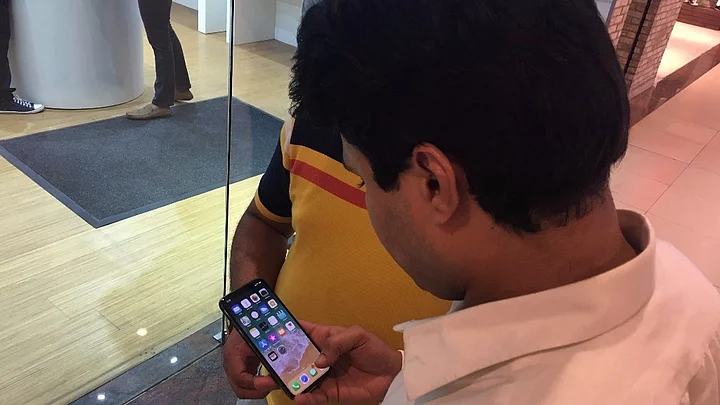Apple Inc’s new flagship iPhone X makes the company more money per phone than its iPhone 8 model, according to an analysis, which found the iPhone X's flashier parts cost Apple 25 percent more than the iPhone 8, but that it retailed 43 percent higher.
The iPhone X smartphone costs $357.50 to make and sells for $999, giving it a gross margin of 64 percent, according to TechInsights, a firm that tears down technology devices and analyses the parts inside. The iPhone 8 sells for $699 and has a gross margin of 59 percent.
The finding is surprising because technology products tend to become more profitable as they age and the parts for them drop in cost.
The iPhone X is a brand new design that went on sale on 3 November, to apparently strong demand, while the iPhone 8 is an update on last year's iPhone 7, which itself was similar to the iPhone 6 released in 2014.
Also Read: First Look: Apple iPhone X’s Edge-to-Edge Screen and... The Notch
Apple declined to comment on TechInsights' analysis.
Apple is unique in the electronics industry for its ability to charge a premium price for its latest devices and for its ability to maintain that price even when selling devices through third parties like telecom carriersAl Cowsky, Costing Analyst, TechInsights
Also Read: Apple iPhone X First Impressions: What You Get For Rs 89,000
"Apple can be different here because they are the 800-pound gorilla," Cowsky said.
Several of Apple's design choices for the iPhone X pushed up its price. In particular, its 5.8-inch (14.8 cm) edge-to-edge display and associated parts cost $65.50, compared with $36 for the iPhone 8's 4.7-inch display, the analysis found.
That is largely because the iPhone 8 uses older LCD technology, while the iPhone X uses what is called "Super AMOLED" technology, which allows for more vivid colours and a thinner overall design.
Another pricey choice was the stainless steel chassis of the iPhone X, which cost $36 versus $21.50 for the aluminium housing of the iPhone 8. Cowsky said the steel is less likely than aluminium to bend when flexed, a problem that dogged the iPhone 6 when it came out.
"This is their lesson learned from that," he said.
(This story has been published in arrangement with Reuters)
